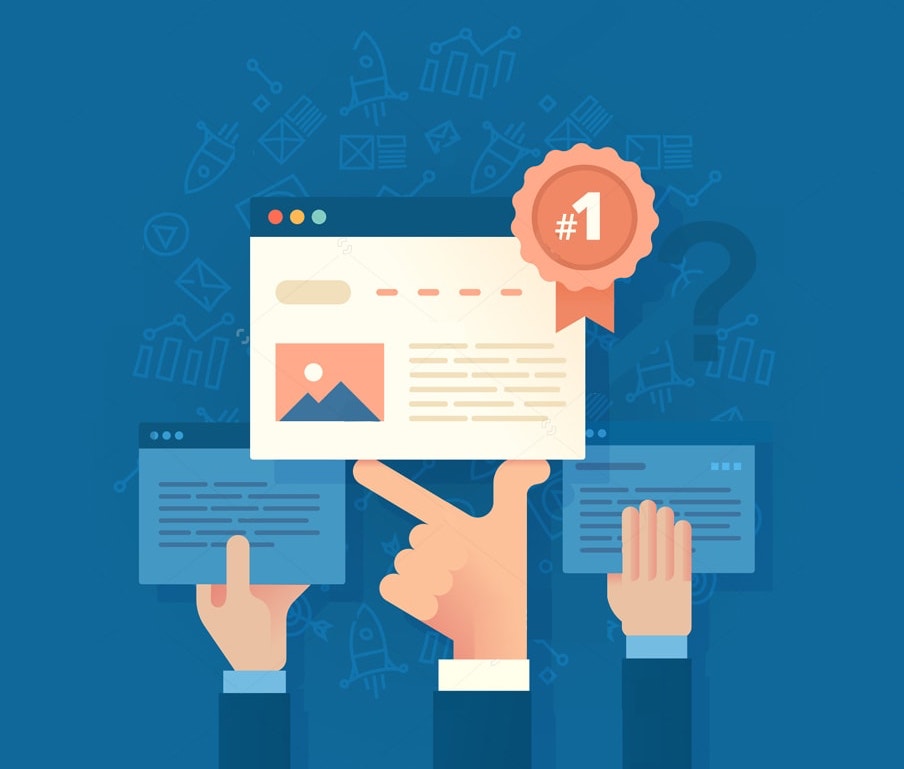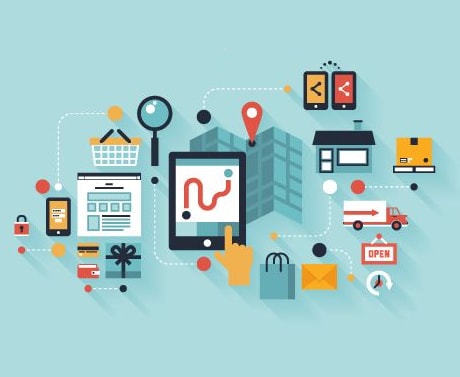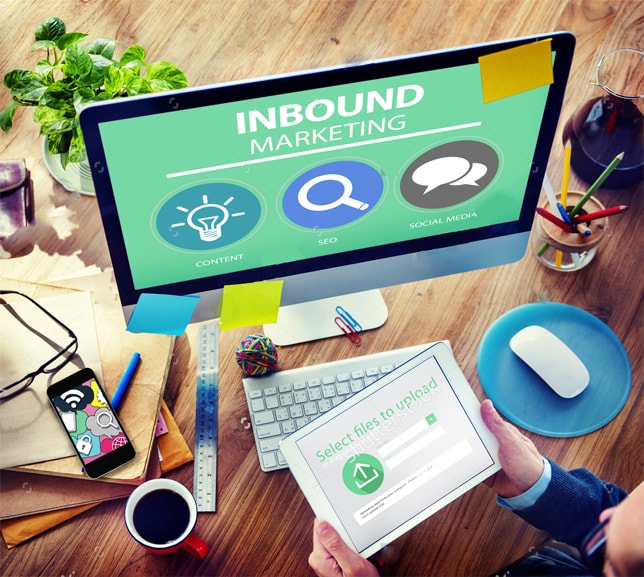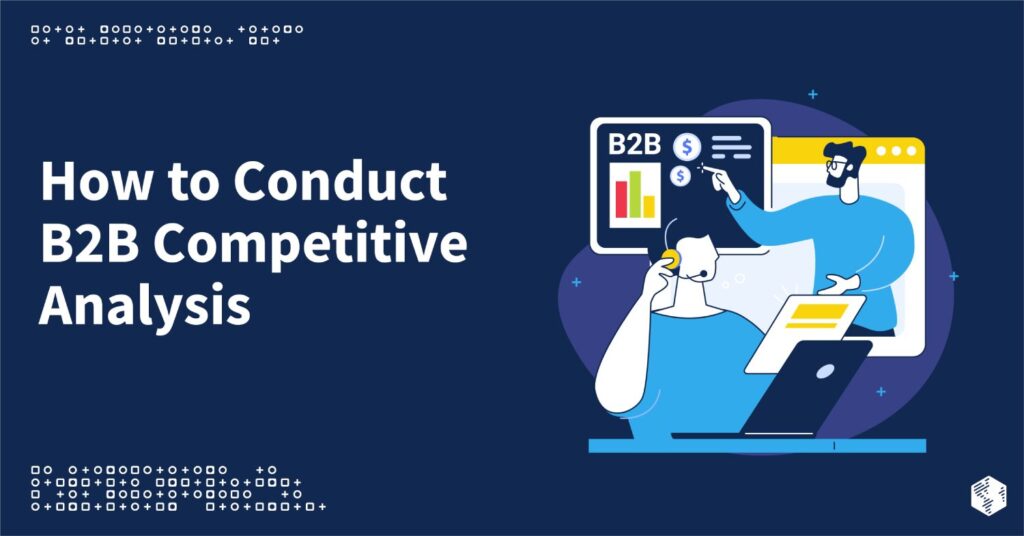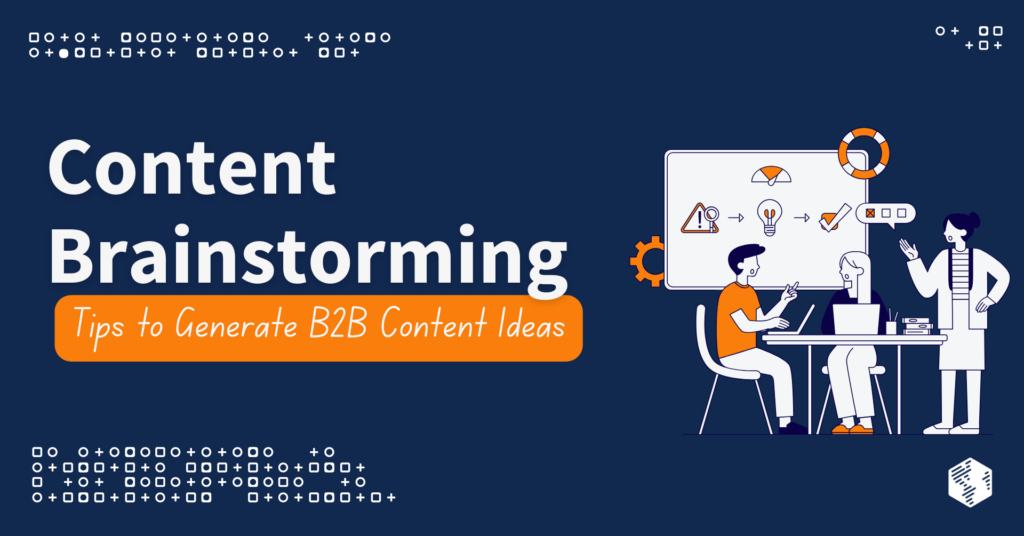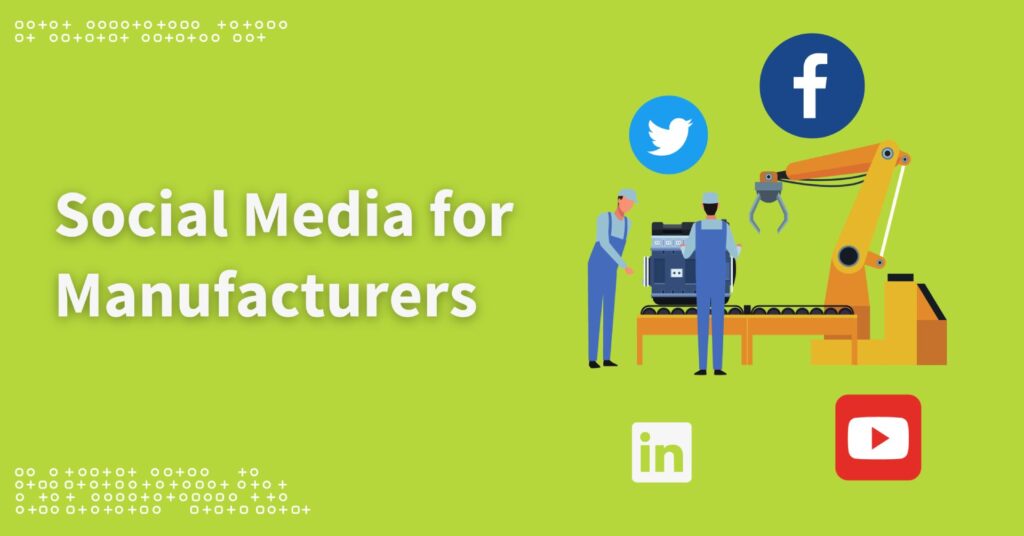OneIMS can significantly help your business through an effective inbound marketing strategy that makes it easier to reach your audience, turn them into leads, and eventually convert them into satisfied customers. As a leading Chicago inbound marketing company, we can give you everything you need to get the most promising leads at a higher volume, and help you nurture them through the sales process.
There are many aspects of inbound marketing that businesses need to understand, which OneIMS can provide to give your business what it needs to succeed.
What Exactly is Inbound Marketing?
Inbound marketing uses online marketing to bring prospective customers to you instead of relying on external marketing efforts that try to gain anybody’s attention. Inbound marketing entails the creation and sharing of content that attracts and engages audiences, turning them into sales qualified leads, and leading them to become paying customers who are willing to recommend your products or services. With the right inbound marketing strategy, you’ll be able to get more customers who return for what you have to offer.
Taking Prospects Through the Buyer’s Journey
The goal of inbound marketing is to take leads through multiple stages to become customers. Each stage will involve different types of content that appeals to buyers during a particular phase of the process, helping encourage them to go from being aware of your company to deciding whether to use your products or services to solve their problem.
One of the best ways to create and distribute effective content is to first fully understand your audience’s buying behavior, which can give you a full picture of the audience you want to attract and engage. Ultimately, you want to accurately target those marketing qualified or sales qualified leads and convert them into viable prospects who are likely to become paying customers.
Prospect vs. Lead: What’s the Difference?
There are several differences between leads and prospects, and it’s important to know them to determine where potential customers are throughout the buyer’s journey.
Inbound Marketing Leads
Leads alone involve two stages of qualification, including marketing qualified leads (MQLs) and sales qualified leads (SQLs). Following the completion of an inbound web form, a person has become a lead at the top of the sales funnel. However, they may not necessarily turn into customers at any point, merely expressing interest in communicating with the brand.
MQLs are leads who are ready for more marketing efforts directed toward them, expressing interest in more educational materials and other information about the company to help them make a decision, while SQLs are almost ready to make a final decision regarding the company’s products or services.
Once leads have made it farther through their journey, they will become more sales-ready leads who have undergone analysis to determine whether or not they are ideal for the company and what it has to offer them. Sales-ready leads are the ones who are prepared to have a sales representative reach out to them, and are likely to become sales prospects.
Sales Prospects
The definition of a prospect tends to vary from company to company, with some classifying a prospect as someone at the top of the sales funnel who fits within their buyer persona, but hasn’t yet expressed true interest in making any purchases. Others tend to view prospects as people who are more prepared to become customers.
You can consider both leads and sales to be “prospective,” but a person who is more ready to make a sale is generally considered a “sales prospect.”
The Main Difference
The reason that sales prospects are deeper in the sales funnel than leads is because of two key differences. The first is the difference between their level of engagement, with leads experiencing one-way communication through content, and prospects using two-way communication.
Leads have reached out to the company, either through an online contact form or registration of some kind, and provided contact information. Through this, they have entered the nurture process, where the lead receives communication from the business to encourage them to move further along the buyer’s journey. Leads who are more qualified will be able to engage more with content, but these leads normally don’t experience any true dialogue with the company. However, prospects have received direct contact from the company once they become sales qualified leads, and have actually spoken with a representative, either via email, a phone call, or a one-on-one in-person consultation.
The other major difference between leads and prospects is the communication method. Leads are typically involved in an automated program that helps pull them along the buyer’s journey to become sales-ready, with email messages from the company’s general email addresses and calls to action regarding additional content. Prospects, on the other hand, normally experience more personalized communication from an individual representative or a small group of people within the company. At this point, calls to action are merely an attempt to encourage regular communication, such as scheduling future calls or requesting quotes and pricing for services or products.
In order to turn leads into sales prospects, and ultimately into customers, it’s important to know which content you’ll need during each inbound marketing phase, which a Chicago inbound marketing consultant can help you plan.
The Phases of the Inbound Marketing Process
There are five main inbound marketing phases that carry leads through the buyer’s journey to become not only satisfied, but delighted customers. You should know what types of content and communication are ideal for each phase to help successfully nurture those leads and encourage them to become promoters who are willing to recommend you to others.
Attract
The first phase of inbound marketing involves attracting your target audience to your company. This involves a planning phase that can be considered a pre-stage.
First, you’ll want to identify a buyer persona and build a detailed customer profile that helps you determine how to approach your audience. When developing a buyer persona, consider your audience’s goals, problems, challenges, and common issues that they have with products or services, along with demographic and personal information that many of your prospects share.
You can then use this buyer persona to develop a keyword strategy that people who fall within that persona would use in search engines to find your products or services, and which can dictate the content strategy that would best attract those potential customers.
Some of the optimized content and channels used to attract visitors will include:
- Blogs — A successful blog will provide visitors with informational posts that help establish your company as an industry authority that can educate through relevant topics that speak to your audience.
- SEO — To make sure that prospective leads can find them, companies need to carefully select keywords that those people will use, and incorporate them in webpages that contain original, high-quality content and links that buyers are likely to find.
- PPC — Complementary to SEO, PPC can further attract visitors through unique retargeting ads that can reach customers offsite, and encourage them to return to your website once they visit.
- Social Media — If you want your company to connect even more with your audience, social media outlets provide a great way to make your brand seem more human, allowing you to interact with users while also publishing valuable information that users will find interesting.
- Webinars — Another great way to engage visitors and turn them into leads is to promote webinars that provide visitors with more valuable information while also further bringing a human element to your company.
- eBooks — Sometimes the information you provide on your website isn’t enough for certain individuals, which is where eBooks can come in handy. These documents can provide plenty of information for visitors while encouraging them to turn to you as an authority.
The Attract phase is simply the first step in making visitors aware of your company, getting them to consider your services and ultimately deciding on your brand.
Engage
The second phase of the inbound marketing process involves engaging those visitors and encouraging them to become qualified leads. Engagement entails certain calls to action that get visitors, leads and prospects to perform a desired action and move them further down the sales funnel.
Some calls to action that you might include on your website or in email correspondence might include:
- Attend a webinar
- Request a demo
- Request a quote
- Request a consultation
- Request a proposal
- Subscribe to blog
- Live chat to speak with a rep
- Follow on social media
- Schedule a consultation call
Through a call to action such as these, you can convert visitors to marketing qualified or sales qualified leads, bringing them into the Nurture phase.
Nurture
Once a visitor has become either an MQL or an SQL, you’ll want to nurture them with specific campaigns that provide value and educational content depending on where they are in the buyer’s journey.
Certain tools that you can use to keep track of leads and help turn them into sales prospects include:
- CRM — Using a Customer Relationship Management system, you can maintain a database of contacts, companies, and deals, and connect with the right leads at the right time.
- Email — If a lead has clicked on a call to action, filled out a landing page, downloaded an eBook, and is still hesitant to become a customer, sending emails with relevant and updated content can help earn their trust and turn them into buyers.
- Automation — Email marketing and lead nurturing efforts should be unique to the specific wants and needs of each type of lead. For instance, a visitor may download an eBook covering a certain topic that might lead to a string of emails that expand on it. However, if they follow you on a social media outlet, then you may want to alter messaging based on those interactions.
- Closed-loop Reporting — Incorporating detailed analytics with a CRM system can help you see how well your marketing efforts are performing and determine strengths and weaknesses in marketing and sales.
Once you have nurtured those leads through in-depth and personalized campaigns that reel them in, it’s time to convert them into sales.
Convert
When a lead has become a sales prospect, it’s time to connect with them through an in-person consultation, phone call, or email, and assure them that you are the right company for them. If they are far enough along the sales process and are convinced that your brand stands out among competitors as the ideal solution, you can turn them into customers and continue to delight them.
Delight
Once a lead becomes a customer, don’t consider that the finish line. Delighting a customer means turning them into advocates who are willing to promote your brand, which can not only result in returning customers, but also customers who help expand your overall customer base.
Some tools you might use to delight customers may include:
- Smart Calls to Action — Offers change depending on the customer type and buyer’s journey stage.
- Customized Content — Customers can encounter high-quality content that changes to suit their needs based on specific problems and interests.
- Social Media Monitoring — Social media conversations can provide unique insight into your customers’ needs, which is why you should use it to track questions, likes, dislikes, and comments, which can help you resolve issues and provide them with appropriate content.
- Surveys — One of the best ways to learn about customer satisfaction levels is to conduct surveys, which can provide you with valuable feedback that you can use to alter your campaigns, products, or services accordingly.
Work with a Reputable Chicago Inbound Marketing Firm
Keeping track of the entire inbound marketing process can be difficult, but working with a Chicago inbound marketing consultant like OneIMS can help you make sure your campaigns are as effective as they can be. With our help through each phase of the buyer’s journey, you’ll be able to visitors into leads and convert leads into delighted customers who will help your business flourish.


